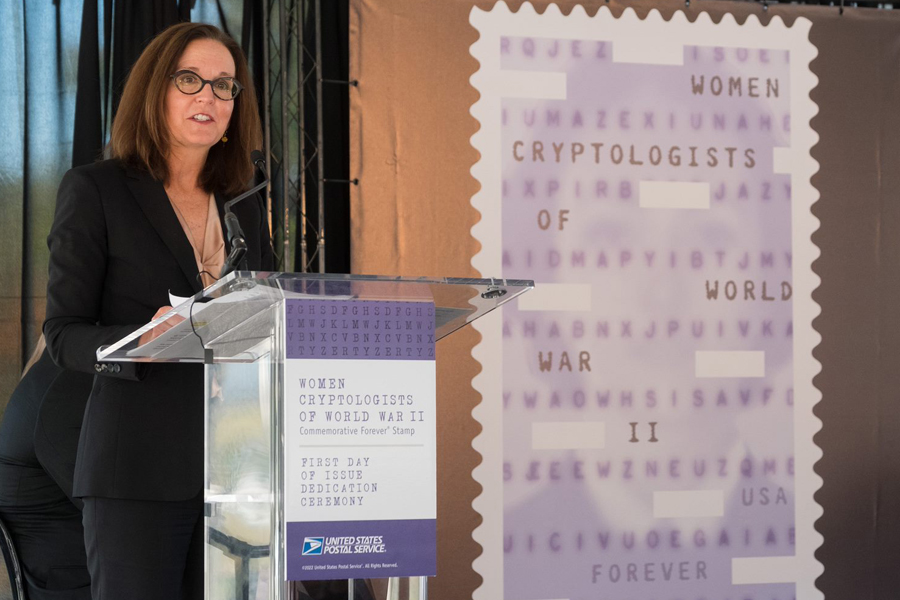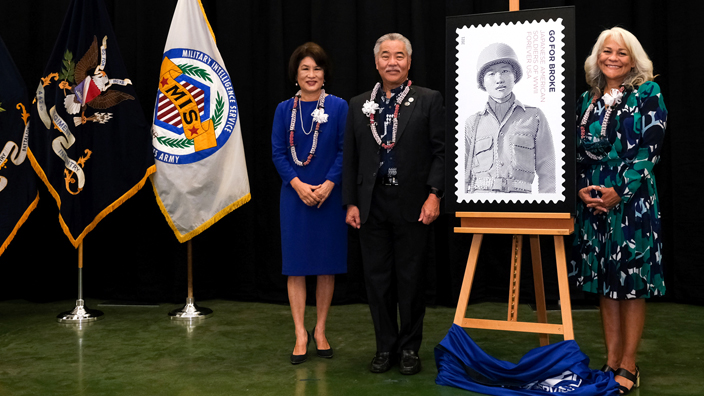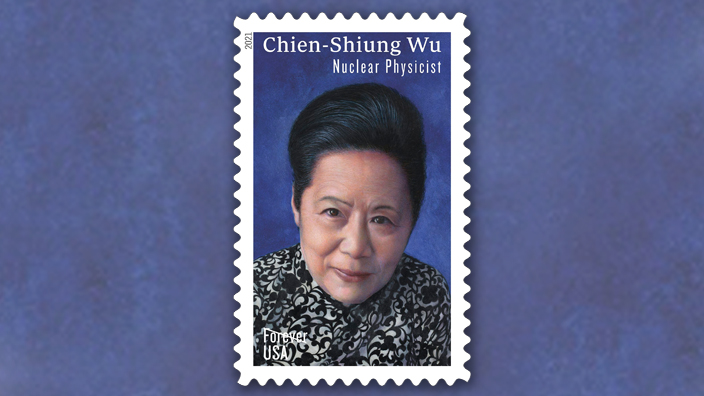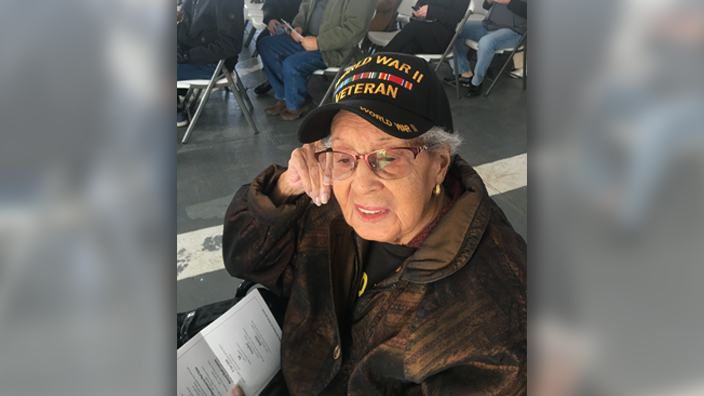The Postal Service dedicated its latest Forever stamp, Women Cryptologists of World War II, at the National Cryptologic Museum in Annapolis Junction, MD, on Oct. 18.
The stamp honors the 11,000 women who helped process and decipher an endless stream of enemy military messages during the war.
“Their work was both frustrating and exhilarating — sometimes simultaneously — and one of the conflict’s best-kept secrets,” said Jakki Krage Strako, the Postal Service’s chief commerce and business solutions officer, who spoke at the ceremony.
The Japanese attack on Pearl Harbor in 1941 made clear the enormous need for codebreakers in the armed forces.
With young men needed for service overseas, the military looked to women to perform this vital function.
The stamp’s image is a recruitment poster for Women Accepted for Volunteer Emergency Service, or WAVES, an arm of the U.S. Naval Reserve. Superimposed on the poster are characters from a Japanese cipher named “Purple.”
Cryptologist Genevieve Grotjan discovered the key to cracking Purple, allowing the United States to intercept diplomatic messages sent among the Japanese.
The stamp’s mysterious, blurred image is fitting: The women were sworn to secrecy, under penalty of treason.
The distaff army of code crackers may have been clandestine, but their achievements were clear: They deciphered Japanese fleet communications, shielded cargo ships from German U-boats and built high-speed machines to break encrypted German messages.
They also ensured that encrypted U.S. messages were secure — indeed, many consider them pioneers of cybersecurity.
Said Krage Strako: “With this stamp, the U.S. Postal Service honors all of the women cryptologists of World War II, whose service played an inestimable role in the Allied victory.”





